

This comprehensive guide explores everything you need to know about gypsum screws, from choosing the right type for your project to ensuring optimal installation. We'll cover different screw types, installation techniques, and best practices for achieving a strong, lasting finish. Learn how to select the perfect gypsum screws for your specific needs and avoid common installation mistakes. Whether you're a seasoned professional or a DIY enthusiast, this guide will empower you to work with gypsum screws confidently and effectively.
Several types of gypsum screws cater to various applications and materials. Common types include self-tapping screws, drywall screws, and specialized screws for high-strength applications. Self-tapping gypsum screws are designed to create their own threads, while drywall screws typically require pre-drilled pilot holes. The choice depends on the material thickness and desired holding power. Consider the material you're working with; harder materials may necessitate stronger screws. For instance, for extremely dense gypsum board, you might prefer a screw with a sharper point and aggressive thread.
Gypsum screws are available in various lengths and thread types. Length selection depends on the thickness of the gypsum board and the backing material. The thread design also impacts holding power; finer threads might be suitable for thinner materials, while coarser threads offer greater holding strength in thicker boards. Always refer to the manufacturer's specifications for optimal screw selection. A common mistake is using screws that are too short, leading to inadequate fastening and potential failure. Choosing the appropriate size is crucial for successful installation. Detailed specifications are readily available from reputable suppliers.
Selecting the appropriate gypsum screws involves several factors, including the type of gypsum board, the backing material, the application, and the desired level of holding strength. For instance, screws for exterior applications need enhanced corrosion resistance. Using the wrong type can lead to premature failure and costly repairs. For heavy items, extra care needs to be taken when choosing gypsum screws to ensure they are sufficient for the load. Think about the weight you'll be hanging and the type of surface – metal studs offer greater strength than wood.
Ensure that the gypsum screws are compatible with the materials you're using. For example, screws designed for wood studs might not be ideal for metal studs, and vice versa. Some screws are designed specifically for use with certain types of gypsum boards, such as moisture-resistant or fire-resistant boards. Checking the manufacturer’s specifications before purchasing is a crucial step to guarantee appropriate functionality and longevity.
Pre-drilling pilot holes is often necessary, especially when working with harder materials or thicker gypsum boards. This prevents splitting or cracking of the gypsum board and ensures clean, straight installations. The pilot hole should be slightly smaller than the diameter of the screw shaft. This will allow for a tight fit. Always check the screw manufacturer's instructions for the recommended pilot hole size for each screw type. Improper pre-drilling will significantly influence the final outcome and strength of the connection.
Use a suitable screwdriver or drill with the correct bit size to prevent camming out or damaging the screw head. Consistent pressure is essential to ensure even tightening. Avoid over-tightening, which can cause the gypsum board to crack or damage the screw head. If you're having trouble ensuring a secure fit, consider trying a slightly smaller screw with a pilot hole. It can also help to use a screw that has a slightly more aggressive thread pattern to improve grip.
Stripped screw heads, loose screws, and cracked gypsum boards are common problems that can arise during gypsum screw installation. Understanding the causes and implementing the right corrective actions can significantly improve your success rate.
| Problem | Solution |
|---|---|
| Stripped Screw Head | Use a screw extractor or a larger bit to remove the screw. Use the correct sized driver bit. |
| Loose Screws | Tighten the screws. If they still loosen, consider using a longer screw or adding adhesive. |
| Cracked Gypsum Board | Pre-drill pilot holes. Avoid over-tightening screws. |
For more information on high-quality gypsum screws and other construction materials, visit Hebei Muyi Import & Export Trading Co., Ltd. They offer a wide range of products to meet your needs.
Remember, proper selection and installation of gypsum screws are key to ensuring a secure, long-lasting finish. By following these guidelines and paying attention to detail, you can achieve professional results on any project.

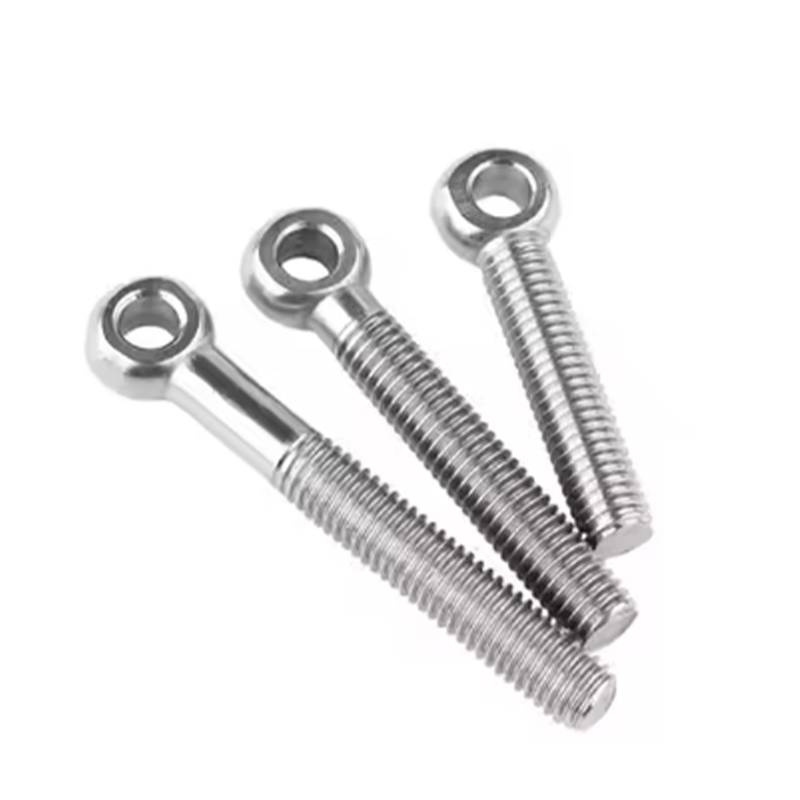


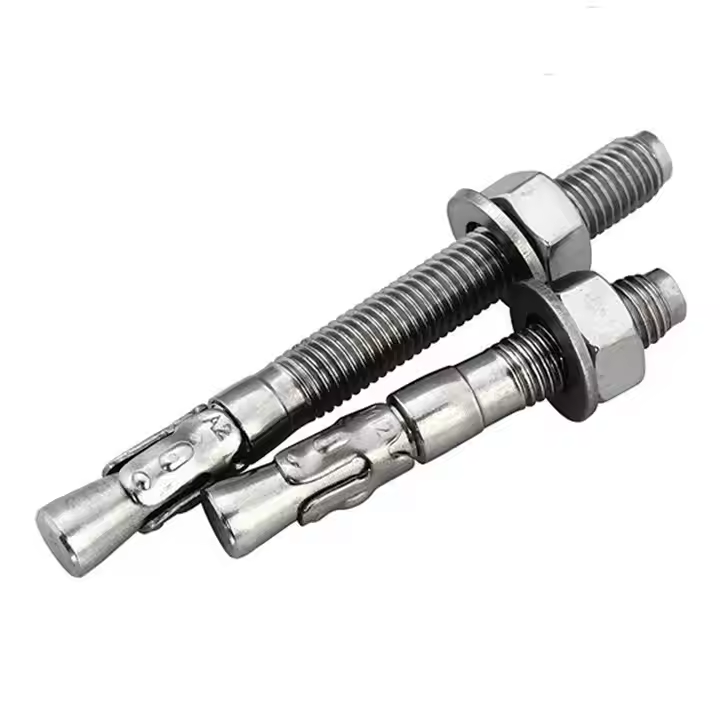
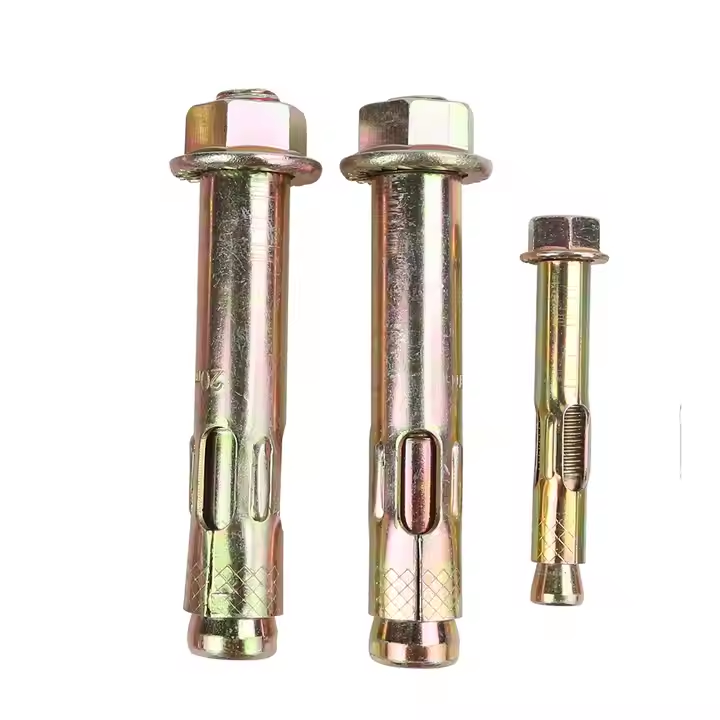
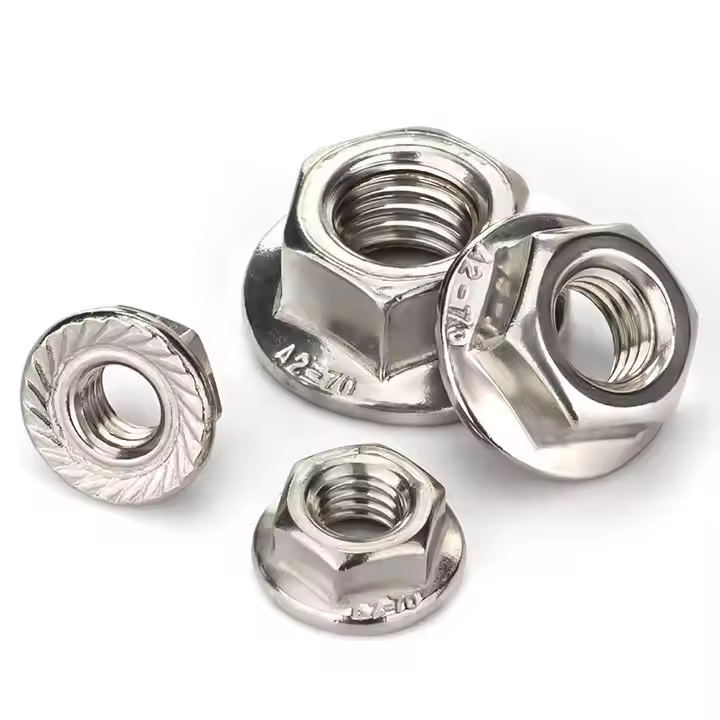
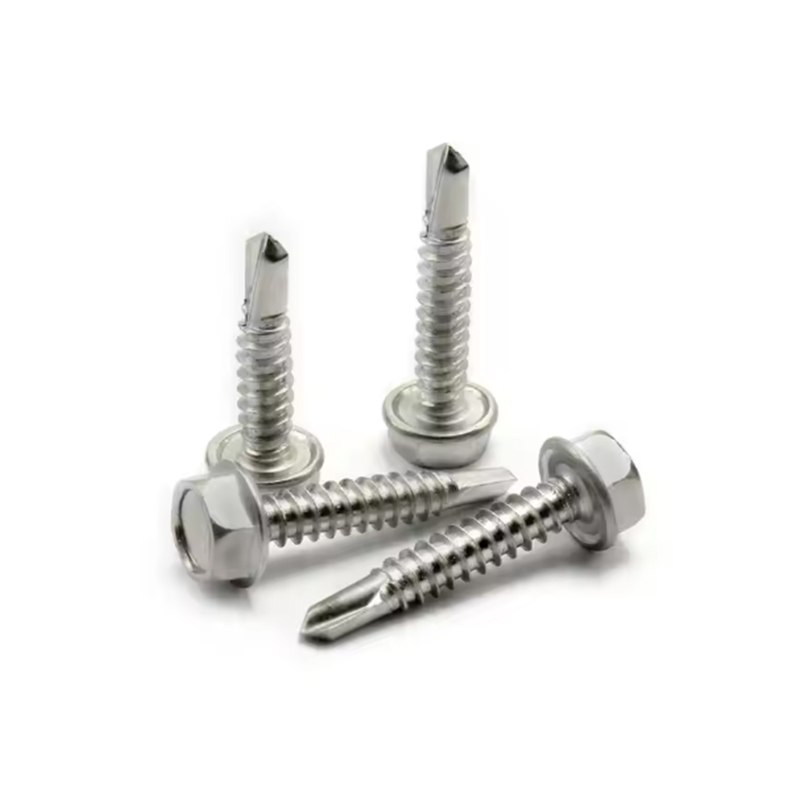

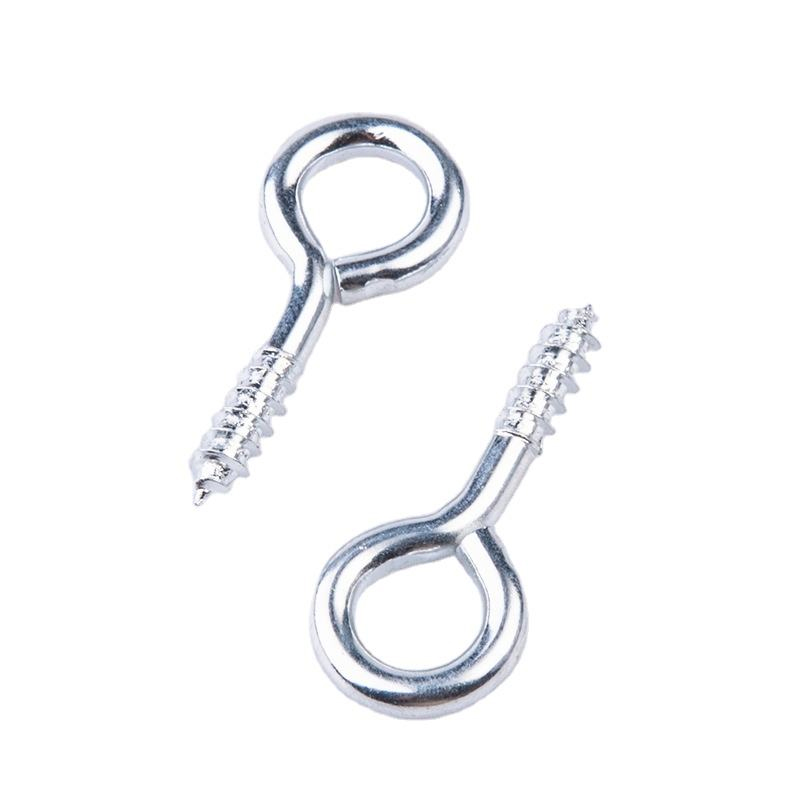

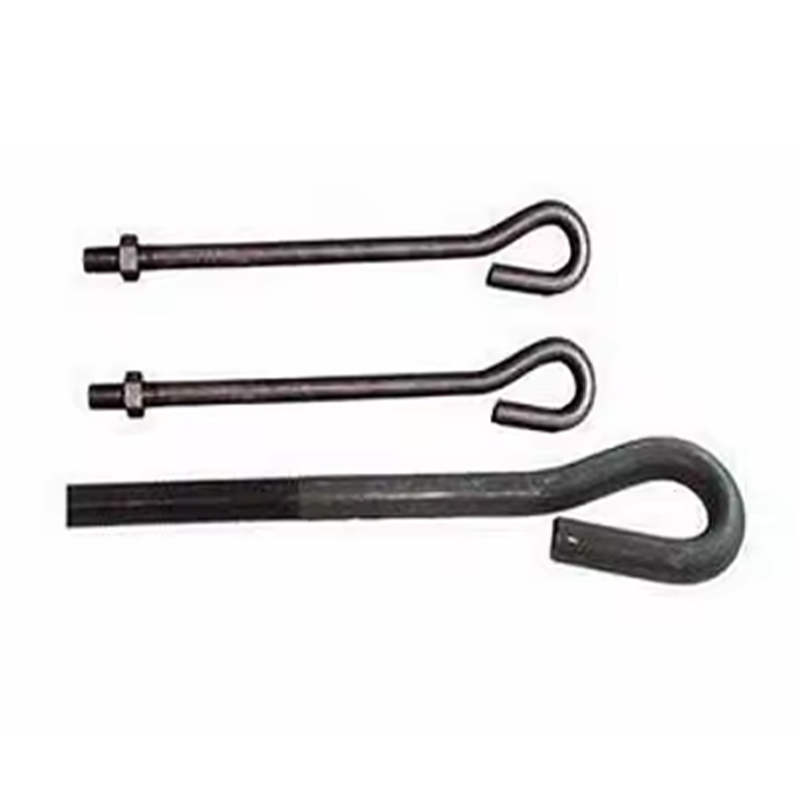
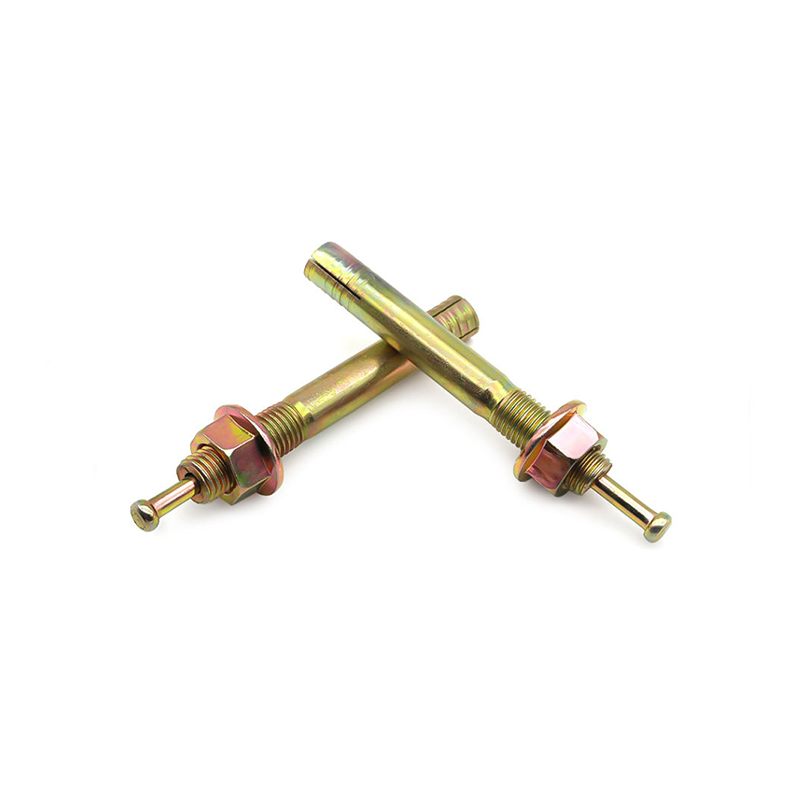
Please enter your email address and we will reply to your email.